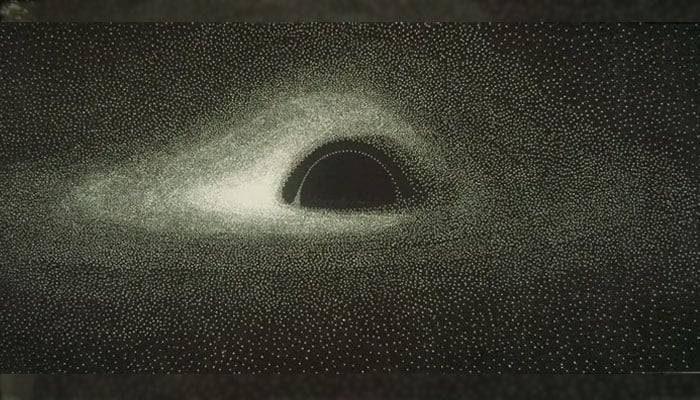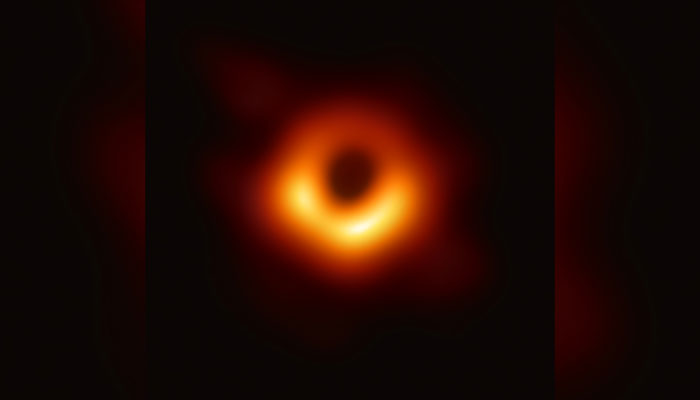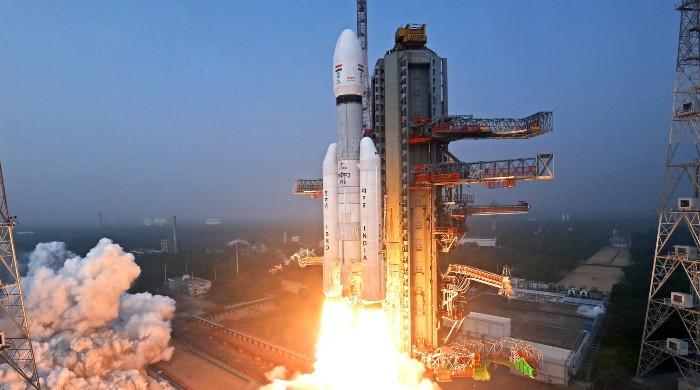First-ever machine-visualised image of supermassive black hole bends minds
Predating this achievement, the quest to visualise black holes began as early as 1979
February 22, 2024

Black holes, among the universe's most enigmatic entities, have intrigued scientists since the early 20th century, culminating in the groundbreaking 2019 release of the first-ever photograph of a supermassive black hole at the core of galaxy M87, Snopes reported.
However, predating this achievement, the quest to visualise black holes began as early as 1979, when French cosmologist Jean-Pierre Luminet utilised equations governing gravity to simulate their appearance.

In 1905, Albert Einstein's special relativity laid the groundwork for understanding the relationship between space and time. His subsequent theory of general relativity, developed over the next decade, explained gravity as the curvature of spacetime caused by massive objects, ultimately predicting the existence of black holes.
Luminet's pioneering work involved intricate computations to illustrate the impact of gravity on light near a black hole. Contrary to popular misconceptions, his simulation portrayed a small ring of light encircling a darkened core.
Employing a 1970s-era computer, Luminet produced a simulated image, suggesting its potential resemblance to the supermassive black hole in M87.
Fast forward to 2017, a monumental project led by Harvard astronomer Shep Doeleman utilised telescopes globally to scan M87's surroundings. After two years of data analysis, the team unveiled the first real image of a black hole, remarkably resembling Luminet's decades-old computer-generated visualisation.









